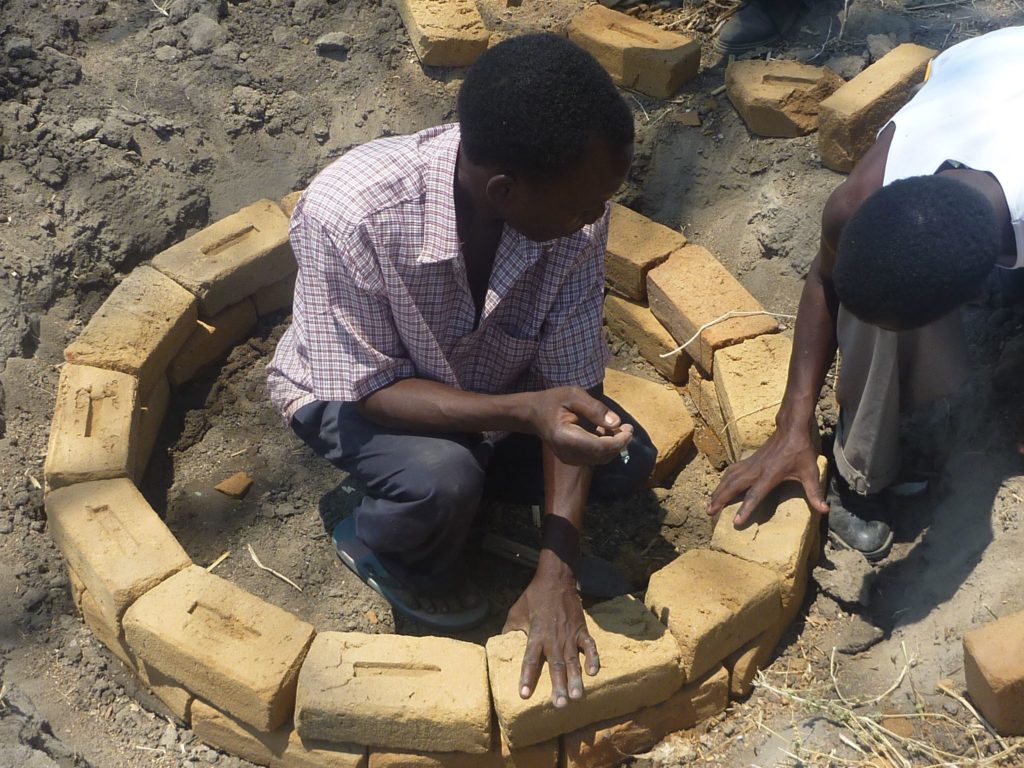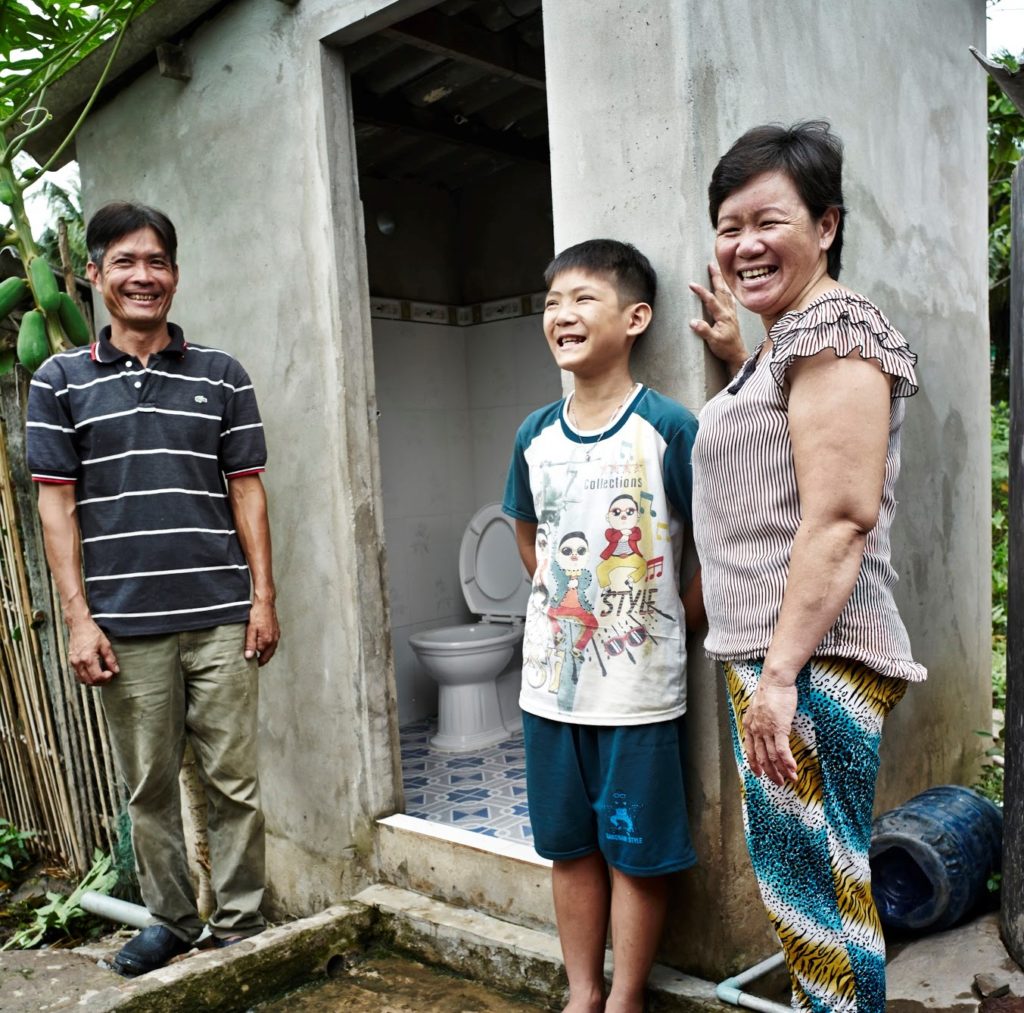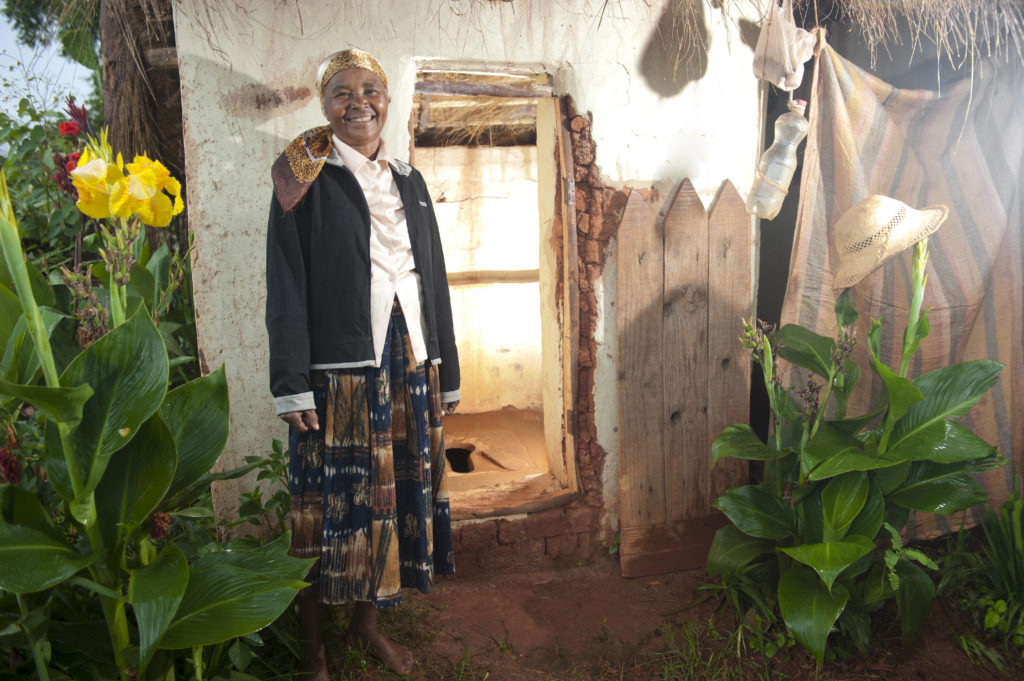Slippage occurs in countries around the world, in rural areas households can revert back to open defecation or regress down the sanitation ladder. In more urbanised environments, services set up for the collection, transportation and treatment of faecal sludge may break down.
Slippage can occur for many reasons including a mix of institutional factors, technology factors, behaviour factors, poverty and vulnerability related factors and external factors. To date more work has been on how to set up S&H programmes to prevent or minimise slippage, with less attention on how slippage can be identified and reversed. Other behaviours such as handwashing have also been found to ‘slip’.
As the sector moves towards safely managed S&H and the importance of environmental cleanliness becomes more widely recognised, additional criteria for success are likely to be added, which may not have been considered when programmes were initially designed and implemented such as the safe disposal of child faeces.
More adaptive learning, monitoring and follow-up is needed to provide the nuanced data required at the local level to identify and tackle slippage. Mechanisms to capture information on disadvantaged and vulnerable groups’ – who are most likely to slip – need to be considered.
Integration of additional support mechanisms may also be required to enable people to build more durable S&H infrastructure. Consideration of the additional complication, cost, time, and ability to scale-up any additional programming components needs to be carefully weighed against their benefits.







